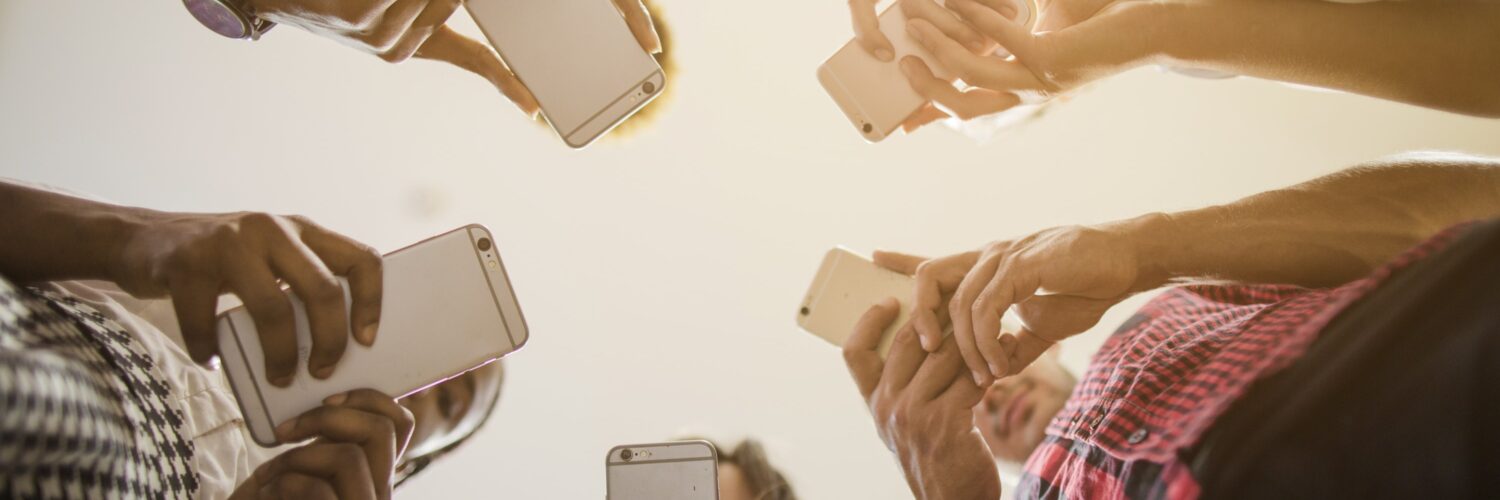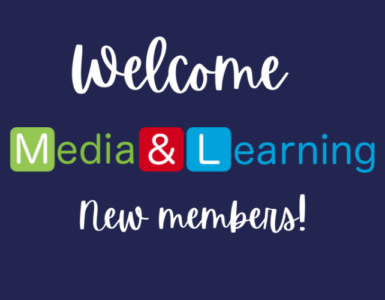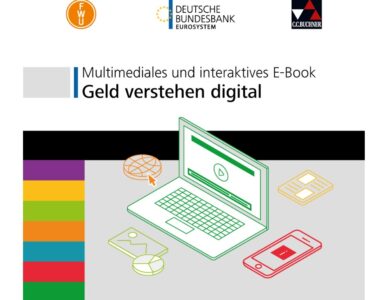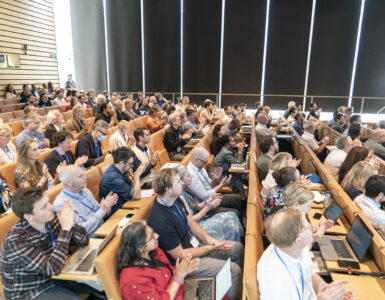by Chloé Pété, Media & Learning Association, Belgium.
In an era characterised by the rapid spread of fake news and misinformation, the SMILES Erasmus+ project aims to equip young people with the necessary tools to combat fake information effectively. This innovative media literacy initiative is a collaborative effort between partners from libraries, media literacy organisations, and research institutes in the Netherlands, Spain, and Belgium. The project deployed disinformation interventions in secondary schools, organised by school teachers and librarians, to monitor their effectiveness. This article explores the key components of the SMILES project and its objectives.
Partners and innovative approach
The SMILES team is made up of 3 partners in the Netherlands: the Koninklijke Bibliotheek (KB), The Hague University of Applied Sciences, and the Netherlands Institute for Sound and Vision in Hilversum. Partners in Belgium are the Media & Learning Association in Leuven and Public Libraries 2030 in Brussels and our partner in Spain is the Fundación Platoniq in Barcelona.
The project adopted an innovative ”train the trainer” approach, where teachers and librarians, were provided during workshops with the necessary information and mateirlas to deliver media literacy lessons to their students aged 12-16. This approach ensures the sustainability and widespread impact of media literacy education.
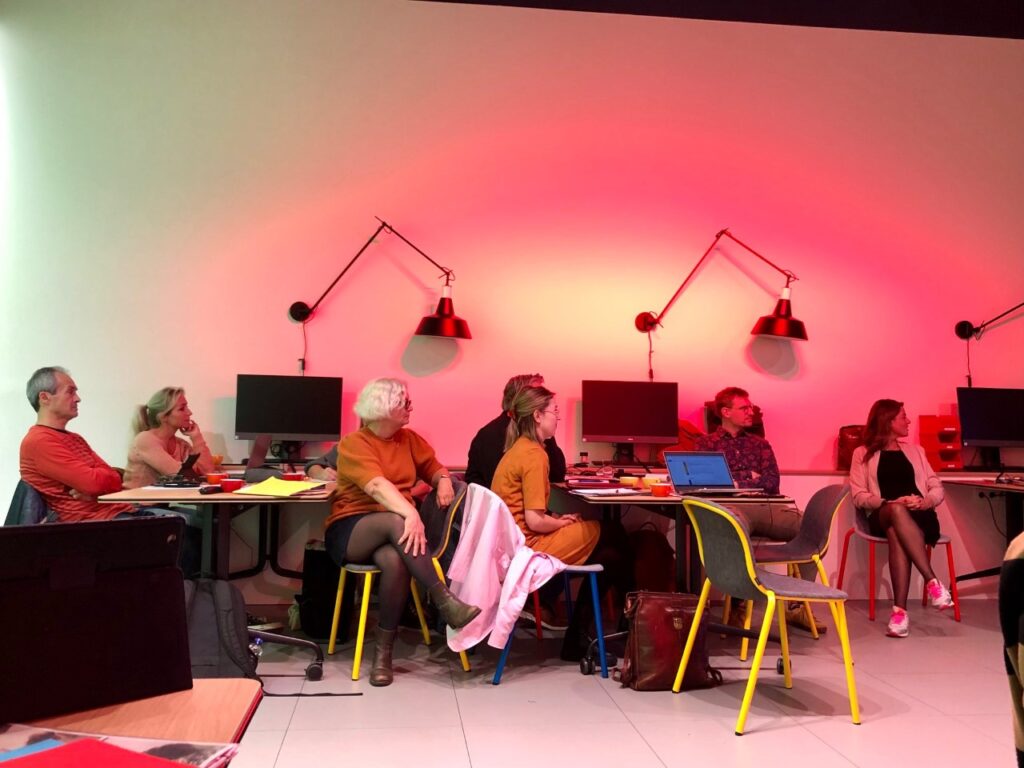
The key objectives
The project SMILES set out to achieve several key objectives:
1. Empowering Trainers: By pairing librarians and secondary school teachers, the project empowered them through train-the-trainer workshops. This collaboration was intended enhances their ability to teach media literacy and disinformation-related concepts effectively.
2. Promoting Safe and Responsible Digital Media Use: The project equips students with the necessary skills to discern reliable and authentic information from disinformation. This fosters responsible digital citizenship and ensures safer online engagement.
3. Developing Teaching Materials: SMILES aims to create five modules or lessons as teaching materials for students aged 12-16. These materials enhance students’ ability to recognise and resist disinformation.
4. Evaluation: To assess the impact of the implemented lessons, the project conducts impact measurements using pre- and post-knowledge tests. These evaluations provide valuable insights into the effectiveness of the educational interventions and guide further improvements.
5. Strengthening Collaboration: The project fosters collaborations between schools and libraries in the partner countries, strengthening existing relationships and forging.
The learning package: enhancing media literacy
At the core of the SMILES project lies the development of a comprehensive learning package or training course made up of five modules or lessons on disinformation. This learning package also includes a ”Manual for Trainer”, the purpose of this manual is to provide the trainer (teachers, librarians, youth workers, media coaches) a step-by-step guide to the information that is needed to successfully teach, implement with their group of students the different lessons. Within the Manual you will find some general practical infromation about the project, the lessons plan, time and detailed planning of each activity, learnign objectives, materials needed, helpful tips along with advice on how to collaborate between teacher and librariand or on how to create a ”safe” environment for discussion and disagreements.
The five modules are designed to enhance media literacy skills and empower students to combat fake information effectively. Each one of them have localised for a better implementation in each partner country. The modules include:
A) Let’s start with the basics: what is disinformation?
This module provides a foundational understanding of disinformation and its characteristics: it includes a short debate, quiz, definitions of key concepts.
B) How to identify, resist, and stop false information?
This module consist of an online game, students will learn through play how to detect and resist disinformation.
C) What are the techniques being used?
This module delves into the various techniques employed in creating and spreading disinformation, enhancing students’ ability to recognise manipulation tactics. It includes a short animated video and some paper activity: creation of a campaign on disinformation.
D) How is disinformation spread?
Students gain insights into the mechanisms through which disinformation spreads across digital platforms, enabling them to navigate the online landscape more effectively. It includes a short animated video and some paper activity: creation of fake social media accounts.
E) What is the impact of disinformation emotionally and collectively?
This module explores the emotional and collective impact of disinformation, fostering empathy and awareness among students. It consists of two separate paper activities: ”Thermometer Cards” and ”Fake News City”.
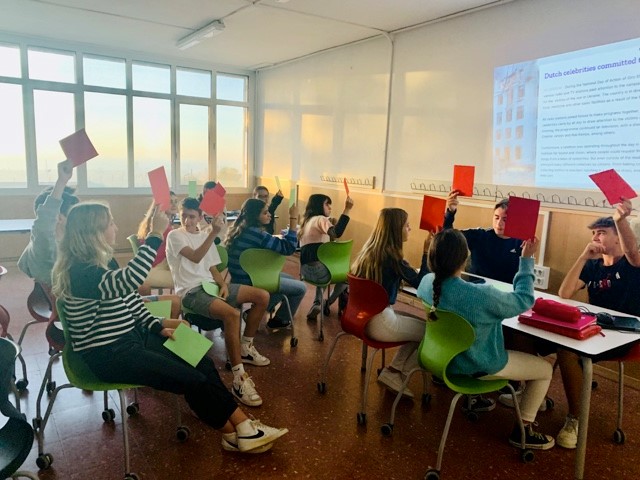
For more information on the SMILES project please visit: https://smiles.platoniq.net/
All resources, materials and tools are available in English along with versions suitable for delivery in the Netherlands, Belgium and Spain on the SMILES website (see Digital Toolkit).

Author
Chloé Pété, Project Officer & Communications, Media & Learning Association, Belgium

